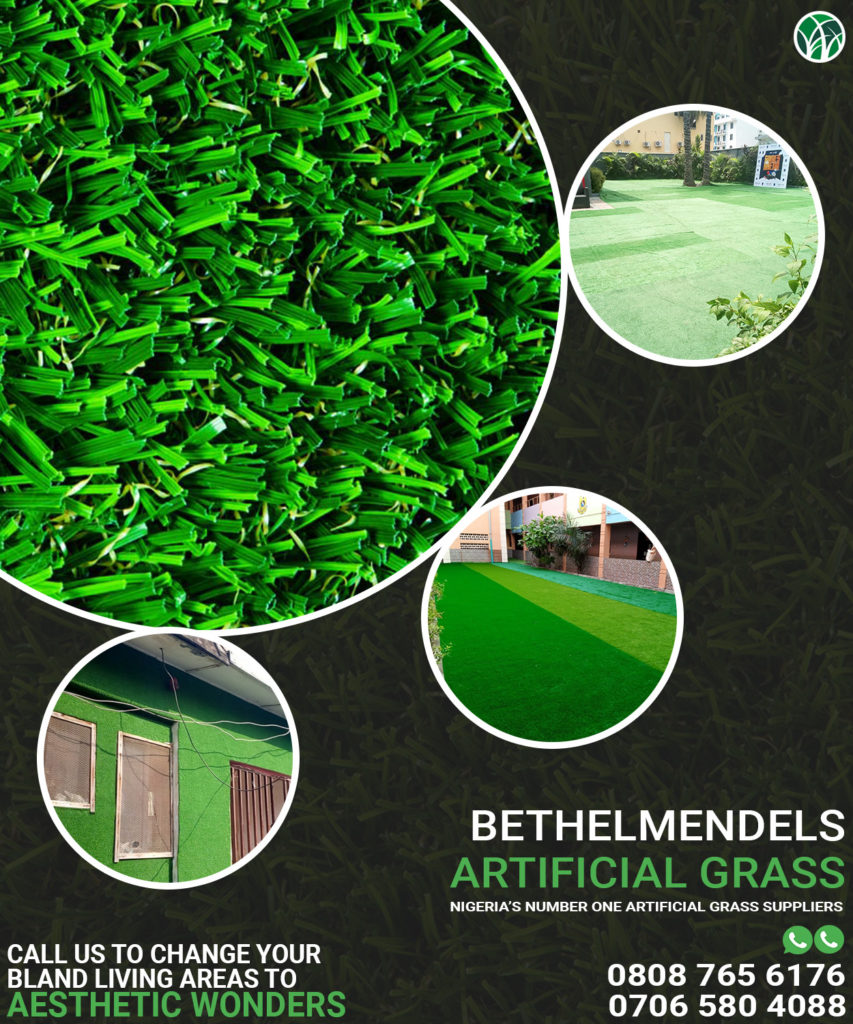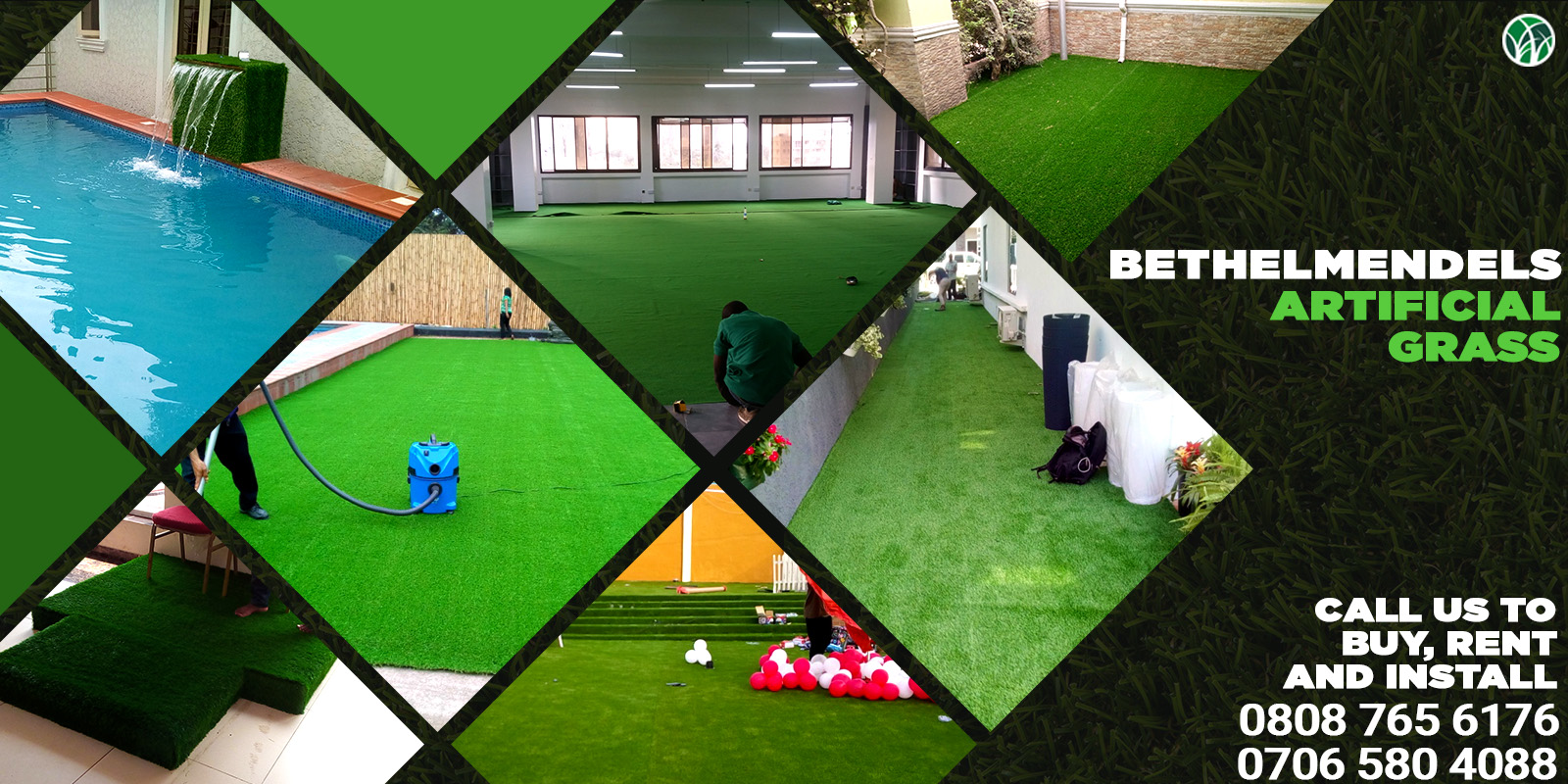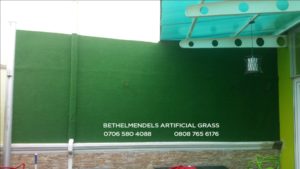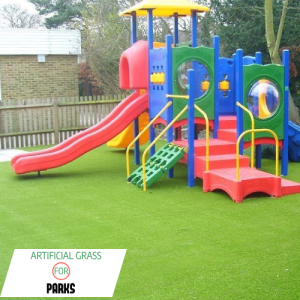Are you considering installing artificial grass in your yard but are concerned about the environmental impact? Whilst nothing is 100% environmentally friendly, there are plenty of surprising ways artificial grass is greener than its natural counterpart.
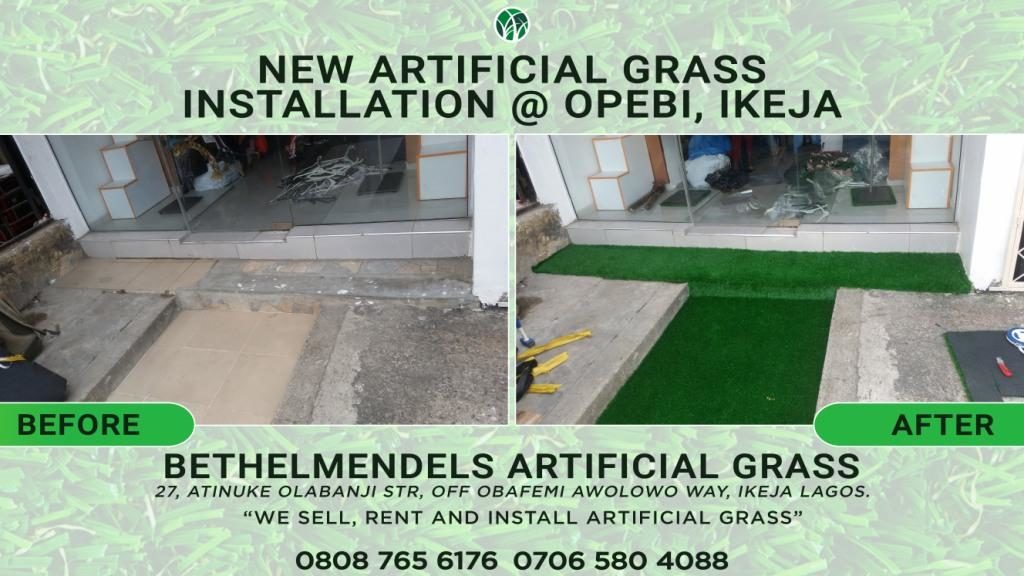
Non-Toxic
Oftentimes, reservations about artificial grass come from the fact that it doesn’t provide a hospitable environment for natural life such as plants and insects. However, it is worth noting that unwanted flora and fauna in natural turf gardens contribute to the use of over 30 million kilograms of herbicides and pesticides each year.
Whilst it may come as no surprise to you that these chemicals have a seriously negative impact on the environment, it might shock you to discover there is scientific evidence that pesticides, insecticides, and herbicides can seriously harm neurological development, and nervous systems, of both children and adults.
Improperly disposed of grass clippings, and even drainage from hoses or rain water can lead to these chemicals contaminating water supplies. With artificial grass, there is no risk of chemical absorption or contamination.
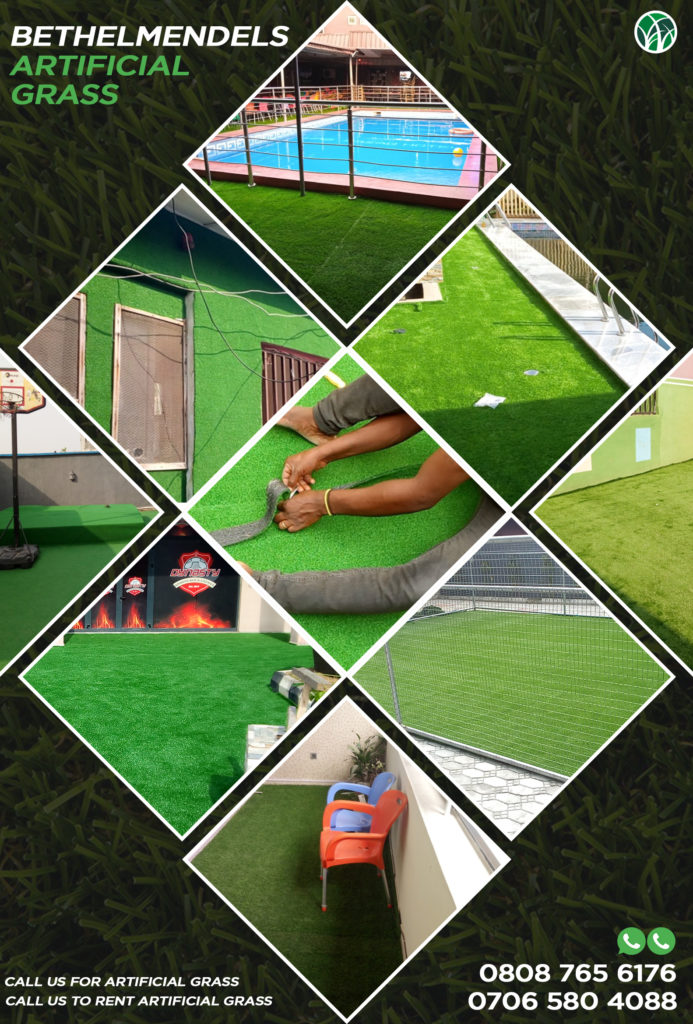
Cuts Carbon Footprint
Natural grass contributes to carbon emissions throughout its lifespan whereas carbon is only emitted during the manufacturing of artificial grass. Whilst natural grass does absorb carbon, the amount of carbon it absorbs is actually negated by the amount of energy that goes into its upkeep.
In addition, mowers make up to 8% of our contribution to global warming. Just one hour of petrol-powered lawn mowing can produce as much pollution as four hours of driving. Bottom line? It’s almost impossible to reduce carbon emissions to zero no matter what turf you have but artificial grass will help contribute towards the long-term reduction of your home’s carbon footprint.
No Water Required
One of the faults of natural turf is the sheer volume of water required to keep it looking its best. On average, garden watering uses around 120 gallons (550 liters) of drinking water per hour. Artificial grass, on the other hand, stays green all year ‘round. No water required!
Re-use able
When it comes to artificial grass it’s only natural to worry about sustainability, but did you know you can actually re-use artificial grass? You can take your artificial turf with you when they move. The lifespan of artificial grass varies and is subject to external factors including natural wear but with proper upkeep, you might find your artificial lawn accompanying you from property to property for years to come.
